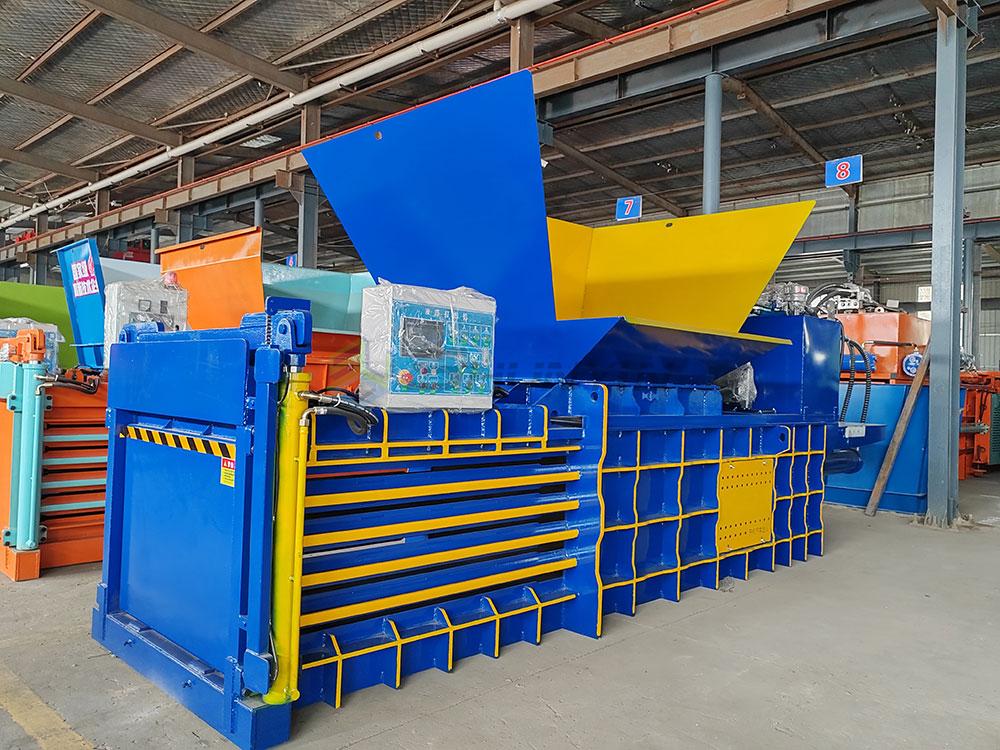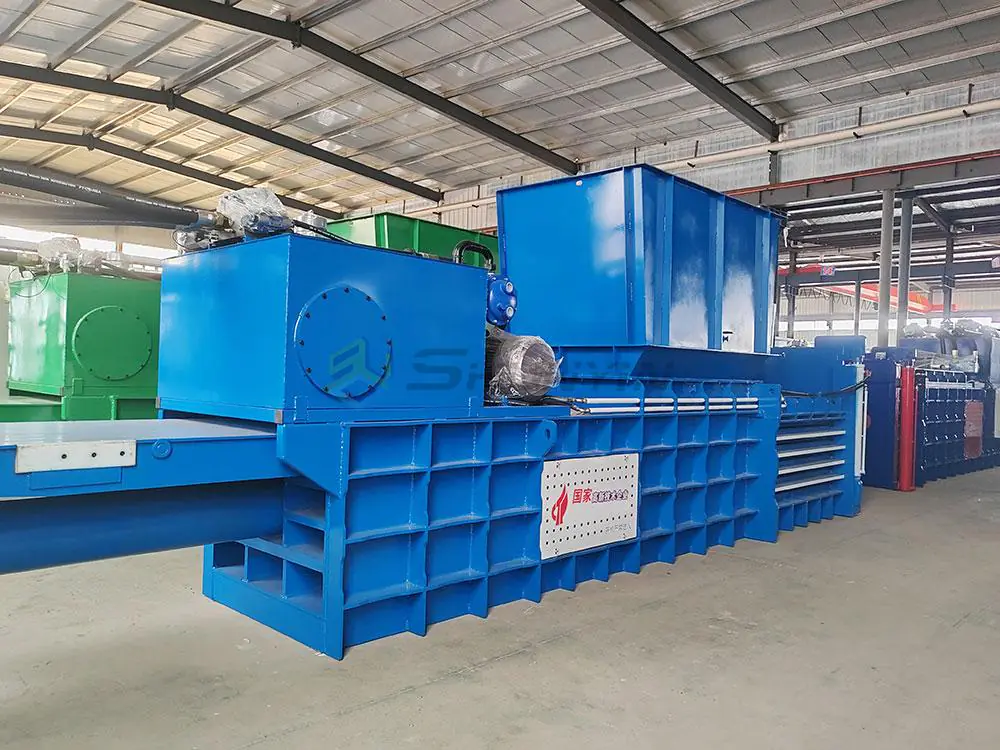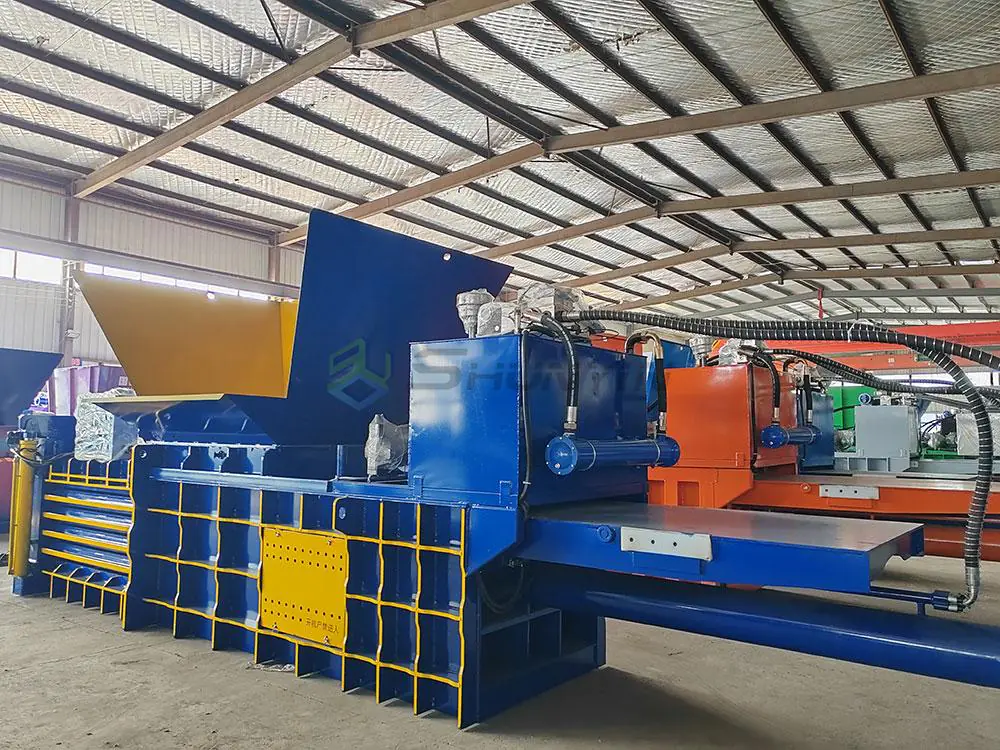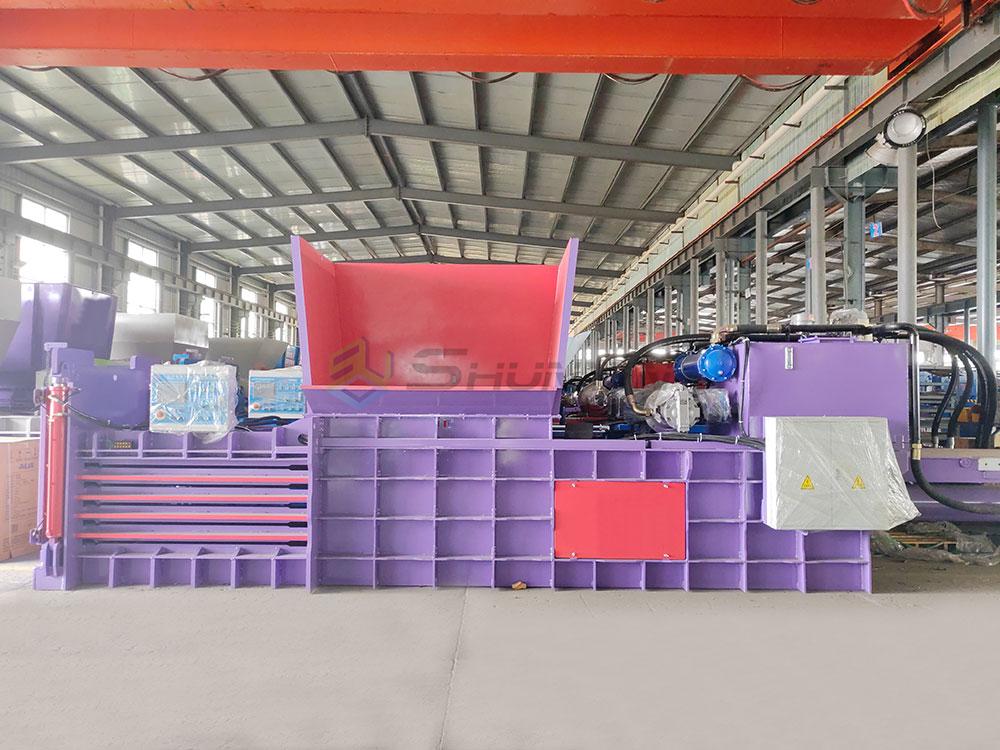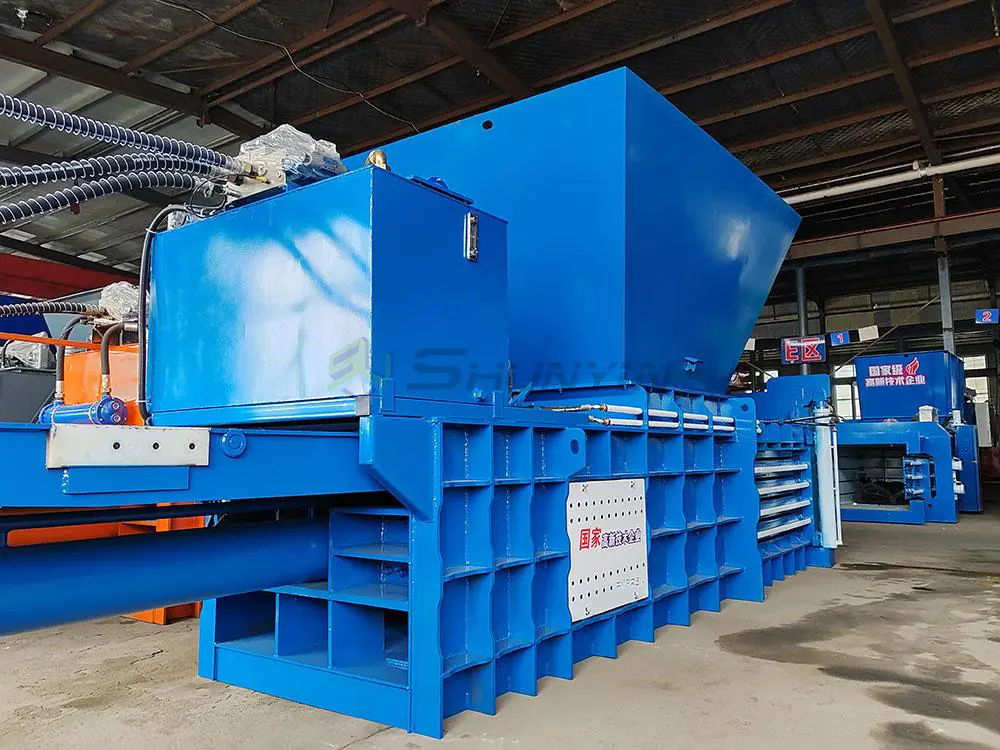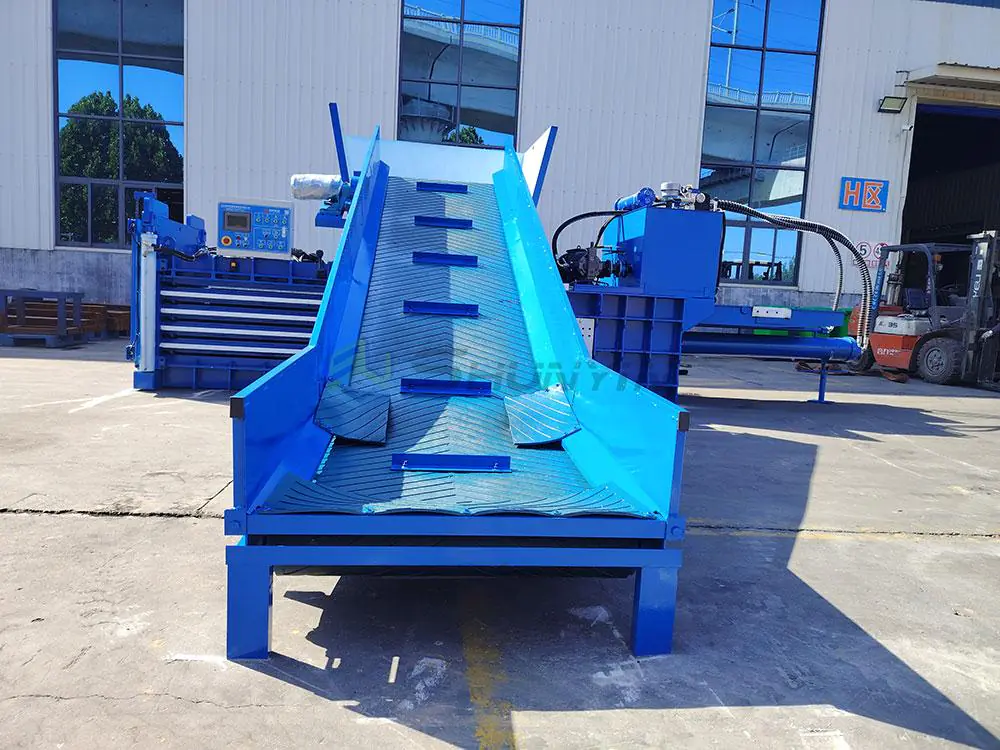
After replacing 23 failed balers for clients who initially chose cheap alternatives, I’ve learned this truth: quality machines don’t cost – they pay. Let’s explore why equipment quality determines your operational success.
High-quality baler machines deliver 3-5× longer lifespan (15-20 years), 40% lower maintenance costs, and 30% higher throughput compared to inferior models. Superior components like hardened steel rams and programmable logic controllers ensure consistent bale density (±2% variation) and reduce downtime by 75% in demanding industrial environments.
Our Canadian client Lambert increased monthly output from 80 to 210 tons simply by upgrading to ISO-certified equipment – proof that quality converts directly to profit.
What Are the Benefits of Baler Machine?

When a Texas recycler’s $28,000 budget machine failed in 8 months, our solution cut their waste costs by 62% within a year. Quality makes these benefits possible:
Premium balers provide precise compression control (10-200 tons adjustable force), 92% energy efficiency through regenerative hydraulics, and smart diagnostics preventing 80% of potential breakdowns. Additional benefits include 50% faster cycle times, custom bale sizes for maximum shipping efficiency, and compatibility with advanced sorting systems.
Performance comparison from real operations:
| Metric | Low-Quality Baler | SY Premium Baler | Improvement |
|---|---|---|---|
| Daily Throughput | 18 tons | 28 tons | +55% |
| Energy Use | 48 kWh/ton | 29 kWh/ton | -40% |
| Downtime | 14 hours/month | 3.2 hours/month | -77% |
| Bale Consistency | ±15% density variation | ±3% density variation | 5× more precise |
Hidden Benefits You Can’t Ignore
- Resale Value: Our 10-year-old machines still sell at 45-60% of original price
- Safety Compliance: Meets EU CE and OSHA standards out-of-box
- Customization: 87% of clients modify chamber sizes/bind methods
- Future-Proofing: IoT-ready for smart factory integration
See quality differences first-hand – book a live machine demonstration.
What Type of Equipment Is a Baler?

Helping a Tokyo supermarket chain choose equipment taught me this: proper machine selection triples ROI. Here’s the baler family:
Industrial balers are heavy-duty compression systems categorized by orientation (vertical/horizontal), force capacity (10-300 tons), and automation level. Vertical balers suit space-constrained operations (5-20 tons/day), while horizontal models handle 25-100+ tons daily. Specialized types include two-ram balers for metals and agricultural balers for hay/straw.
Our top-selling configurations:
| Type | Ideal Users | Force Range | Daily Capacity | Floor Space |
|---|---|---|---|---|
| Vertical | Retail Stores | 10-40 tons | 3-18 tons | 6-10 m² |
| Horizontal | Recycling Plants | 60-200 tons | 25-80 tons | 18-30 m² |
| Two-Ram | Scrap Yards | 120-300 tons | 40-120 tons | 25-45 m² |
| Mobile | Construction Sites | 50-80 tons | 15-30 tons | Trailer-mounted |
Anatomy of Superior Balers
- Hydraulic System: Reusable oil filtration extends pump life 5×
- Frame Construction: 20mm steel plates resist deformation
- Control Panel: Multilingual touchscreen with pressure graphs
- Safety Systems: Dual emergency stops + automatic lockout
70% of clients choose horizontal models – consult our engineers for your ideal type.
What Is the Difference Between a Baler Machine and a Compactor?

A Singapore client nearly bought the wrong machine until we intervened. Here’s how these cousins differ:
Balers compress materials into tied/twisted bales for easy handling/transport, achieving 5:1 to 15:1 compression. Compactors simply reduce waste volume (3:1 ratio) into untied masses for landfill. Balers enable material recovery/recycling (80%+ value retention) vs compactors’ 0% recovery rate.
Critical distinctions:
| Feature | Baler | Compactor |
|---|---|---|
| Output Form | Uniform tied bales | Loose compacted mass |
| Compression Ratio | 5:1 to 15:1 | 2:1 to 3:1 |
| Material Recovery | 85-100% reusable | 0% typically |
| Operating Cost | $8-15/ton | $25-40/ton |
| Maintenance | Monthly lubrication | Weekly repairs |
| Resale Value | High (reusable bales) | None |
When to Choose Which
- Baler: Recycling programs, material resale, regulated waste
- Compactor: Pure landfill reduction, organic waste, temporary sites
Our team saved a Dubai hotel $310,000 annually by switching from compactors to balers. Make the right choice.
What Is the History of the Baler Machine?

Tracing our industry’s evolution reveals why modern machines outperform predecessors 12-fold. Key milestones:
1. 1800s: Manual hay presses (3:1 compression)
2. 1936: First automatic pick-up baler (Allis-Chalmers)
3. 1960s: Hydraulic systems introduced (100 tons force)
4. 2000s: Computer-controlled balers with IoT capabilities**
Revolutionary developments:
| Era | Key Innovation | Daily Capacity |
|---|---|---|
| Pre-1900 | Wooden Screw Presses | 0.2 tons |
| 1930s | Stationary Gas Balers | 1.5 tons |
| 1960s | Mobile Hydraulic Balers | 8 tons |
| 2000s | Fully Automated Systems | 80-200 tons |
| 2020s | AI-Powered Sorting Balers | 300+ tons |
Lessons from History
- Early adopters gained 15-year market advantages
- Proper maintenance makes 1960s machines still operational
- Computerization reduced labor costs by 68%
- Our factory’s 2012 redesign increased output durability by 140%
Modern SY balers inherit eight decades of engineering wisdom. Join the innovation timeline.
Conclusion
Superior baler machines deliver unmatched ROI through durability, efficiency, and smart features. Our clients achieve 98% uptime and 15-year service life with ISO-certified equipment. Contact SY Baling Machinery for your high-performance solution – engineered excellence since 2009.


